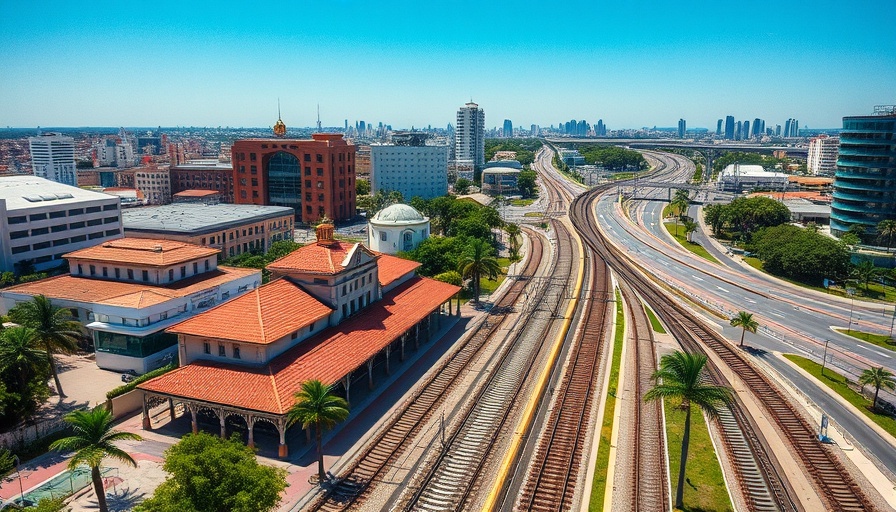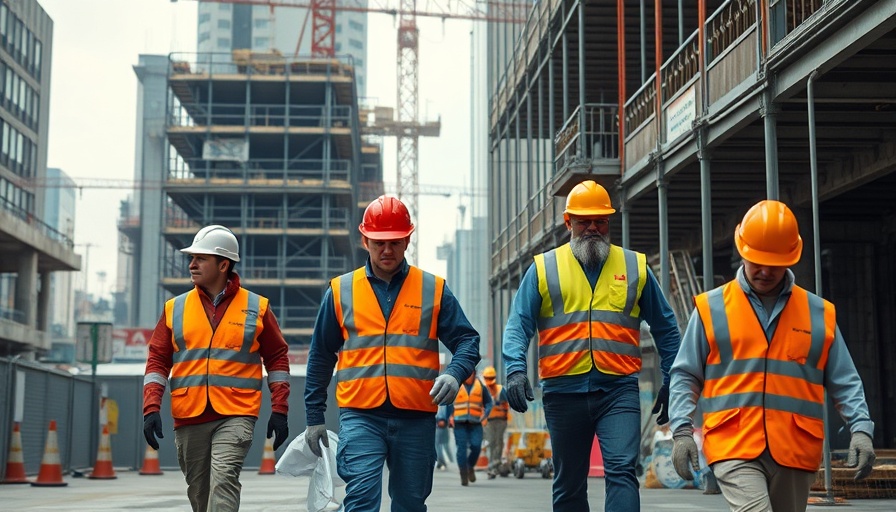
Stability in an Uncertain Market: Mortenson's Strategic Growth
In the ever-evolving landscape of commercial construction, planning ahead has become a pivotal strategy for success. Mortenson, a Minneapolis-based contractor, recently made waves by climbing five spots in the rankings of top contractors, now sitting at the 22nd position with a revenue of $6.7 billion for 2024. CEO Derek Cunz, who took over in January 2025, credits this remarkable rise to a steadfast focus on investment and culture.
The 'Long View' Approach
Taking a long view is more than just a phrase for Mortenson; it’s a philosophy ingrained into the company's operations. Cunz emphasizes that maintaining a steady course, even amid uncertainty, allows for sustainable growth and resilience. By diversifying into sectors like data centers and fiber optics, the company proactively positions itself in burgeoning markets. This not only reflects foresight but also a responsive alignment with industry needs.
Smart Hiring to Fuel Growth
An integral part of Mortenson's strategy under Cunz’s leadership is a robust hiring initiative. The firm is on track to onboard 300 new college graduates alongside 300 interns in this fiscal year alone. This commitment to nurturing young talent showcases the firm's long-term vision, ensuring fresh perspectives and innovative ideas contribute to its ever-expanding portfolio.
Financial Insights: Cost Management and Strategic Planning
For business owners and property developers, understanding inflation and cost implications in construction is crucial. Mortenson's growth story is especially relevant for those aiming to streamline project delivery methods. Cunz underscores the significance of strategic investments that don’t just respond to today’s market but are also designed to thrive in the future.
Resilience Through Culture
Cunz is acutely aware of the responsibility that comes with his role. He reflects on the weight of leadership, focusing on the company culture and welfare of his employees. A culture of care isn’t merely a feel-good concept; it’s a business strategy that can enhance productivity and foster loyalty—key aspects that drive profitability in competitive markets.
Actionable Insights for Development Professionals
Considering the insights from Mortenson, other businesses in the commercial construction space can benefit significantly from adopting a similar long-term approach. By prioritizing investments in emerging sectors and focusing on human capital, companies can better navigate financial headwinds and position themselves as industry leaders. Recognizing that construction is not just about bricks and mortar, but about the people behind the projects, is essential for lasting success.
As the construction industry confronts a volatile economic climate, those who adopt a strategic mindset, much like Mortenson, will not only survive but thrive.
 Add Row
Add Row  Add
Add 




Write A Comment